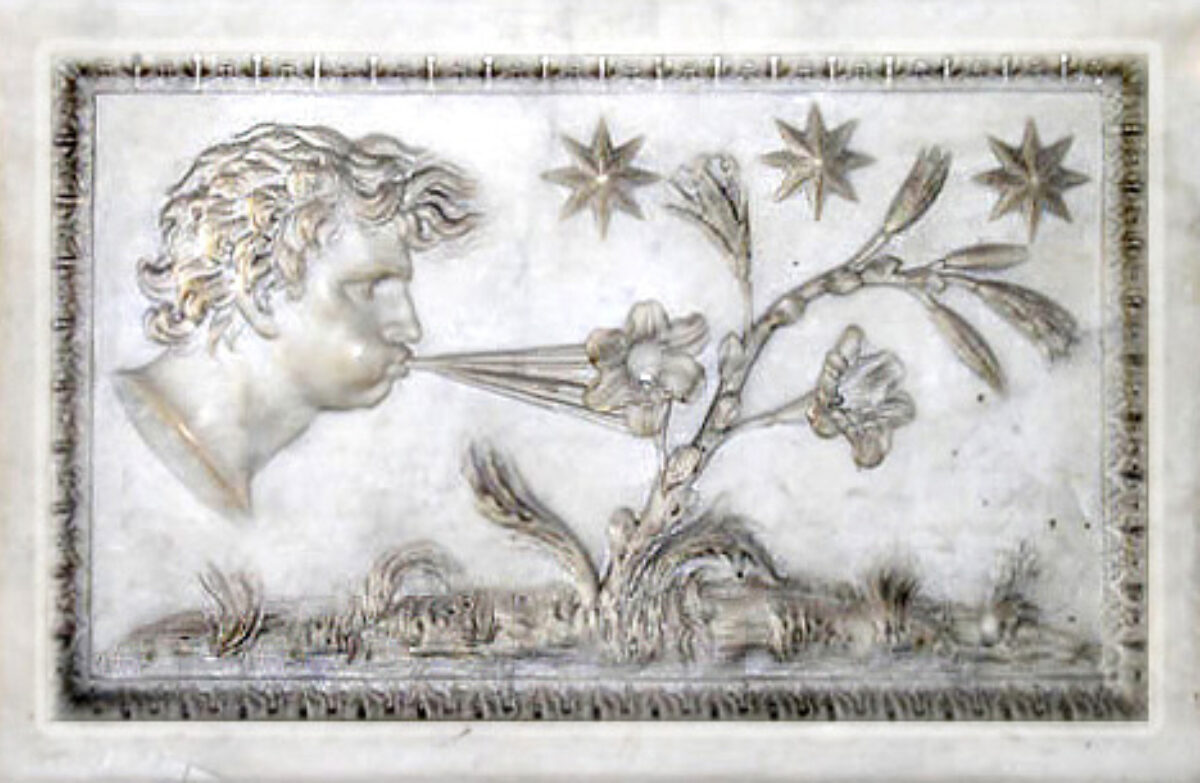
How Marvel, the world’s biggest film franchise, failed the Old Grey Whistle Test.
As of April 2020 Marvel films had a worldwide box office revenue of $22,550,000,000. As of April 2020, none of their films had a tune you could whistle.
07 September 2020
The Old Grey Whistle Test.
Back in the day when music came out of our television, there was late night show for contemporary music on the BBC called The Old Grey Whistle Test.
The programme is said to have derived its name from the music publishing biz. When the producers got the first pressing (vinyl) of a record they would play it in earshot of the building staff they called the Old Greys – the building’s doormen who wore grey suits.
Any song the Old Greys were heard whistling the next day, having heard it just once or twice, had passed the Old Grey Whistle Test and was thus deemed to be commercially viable.
So many films have music that passes the whistle test, why hasn’t Marvel?
Marvel’s lack of whistlables is explored in the video Every Frame A Painting to which I link below.
Every Frame A Painting was an excellent series of video essays exploring film and all its complexities and follies.
The video deftly illustrates the music-making process in big-budget movies.
First the video demonstrates how Marvel film music does little more than repeat what you see on the screen.
Happy scene=happy music, sad scene=sad music played by sad violins usually, impending doom=impending doom music with much banging of big drums.
There are no surprises, no earworms and nothing to whistle.
(You might think with those bank numbers, why should Marvel give a hoot about tunes you can whistle but it seems like an unexploited revenue stream to me.)
‘Temp music’ has a long and ignoble history.
For 2001 A Space Odyssey, Kubrick used classical music as ‘guide pieces’. Kubrick used the Blue Danube by Johann Strauss II, Thus Sprach Zarathustra by Richard Strauss and pieces of more modern music by Ligeti. And then he left the music there.
This was an excellent creative call by Kubrick but it did cause ructions. The composer originally commissioned to write the score, Alex North, didn’t even know his score had been abandoned until he went to the premiére screening.
Ligeti too got a surprise when he went to the Vienna premiére of 2001 and heard his work. He was peeved. Firstly because Kubrick didn’t obtain permission directly and, secondly because he didn’t much care for his music slumming it in a film with the Strauss’s.
Anyway being in the film credits made Ligeti famous and Kubrick used his music again (with his permission this time) in The Shining and Eyes Wide Shut.
Music for Dust Bunnies, choreography by The Wind

There will be music for Rayon the Dust Bunny and a Vacuum Abhorred.
For dust bunnies The Wind is both their creator and destroyer. Sometimes The Wind is gentle, sometimes The Wind is fierce and vexatious yet it is often capricious and playful.
So The Wind will play the music of dust bunnies.
The songs of The Wind will be played by an Aerophonic Orchestra, an ensemble of instruments and devices powered solely by huffing and puffing; no plucking, hitting, bowing allowed, nothing but atmosphere on the move to whistle the songs of The Wind.